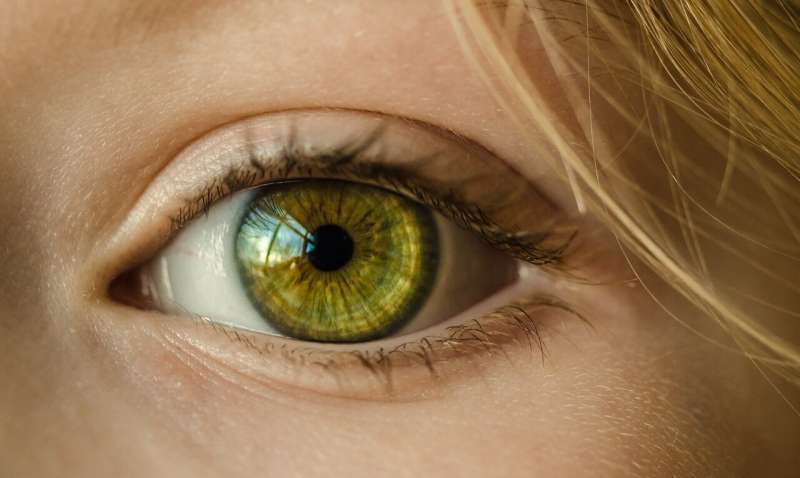Credit: CC0 Public Domain
An article published in Experimental Biology and Medicine (Volume 244, Issue 10, July, 2019) reports that noninvasive imaging techniques can be used to study eye development. The study, led by Dr. Xincheng Yao, Richard and Loan Hill Professor of Bioengineering and Ophthalmology at the University of Illinois at Chicago in Chicago Illinois (U.S.), demonstrates that quantitative optical coherence tomography and angiography can be used to monitor the vascular system during eye development in mouse models.
The hyaloid vascular system (HVS) is a transient circulatory system that nourishes the eyes in the fetus. As the retinal vasculature develops, the HVS undergoes spontaneous regression. In humans, complete HVS regression occurs by the fifth month of gestation. Abnormalities in HVS regression can lead to eye disorders and vision loss. Nonetheless, our knowledge of the HVS and HVS regression largely relies on end-point studies using post-mortem human tissues. These studies do not provide a full description of the natural dynamics of the HVS during eye development. Noninvasive, longitudinal, and high-resolution imaging of the HVS would provide a better understanding of its role in the visual system development and abnormalities.
In the current study, Dr. Yao and colleagues examined the feasibility using optical coherence tomography (OCT) and angiography (OCTA) to image HVS regression in the developing mouse eye. OCT uses light waves to take cross-section pictures of the eye and OCTA directly images the blood vessels in the eye. Although both are well-established imaging techniques, neither have been used to examine the HVS. Concurrent OCT and OCTA revealed that physiological dysfunction occurs before morphological regression, suggesting that reduced blood flow contributes to HVS regression. Dr. Yao said, "we anticipate that concurrent OCT and OCTA observation in normal and diseased animal models will be valuable in unraveling the complex mechanisms of the HVS regression and permit correlation with normal eye development and abnormal persistent hyaloid conditions."
Dr. Steven R. Goodman, Editor-in-Chief of Experimental Biology & Medicine, said, "Yao and colleagues have demonstrated the utility of combining the use of optical coherence tomography (OCT) and OCT angiography in studying hyaloid vascular system regression in mice. The future use of this technology should allow a better understanding of normal and pathological eye development."
More information: Tae-Hoon Kim et al. Feature article: Functional OCT angiography reveals early physiological dysfunction of hyaloid vasculature in developing mouse eye, Experimental Biology and Medicine (2019). DOI: 10.1177/1535370219850787
Journal information: Experimental Biology and Medicine
Provided by Society for Experimental Biology and Medicine
























